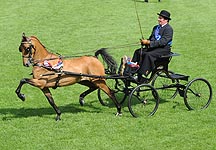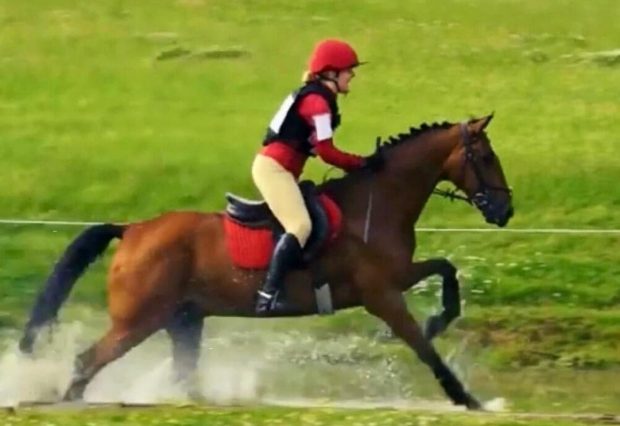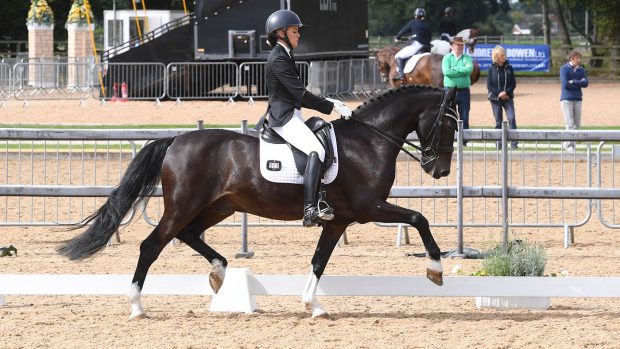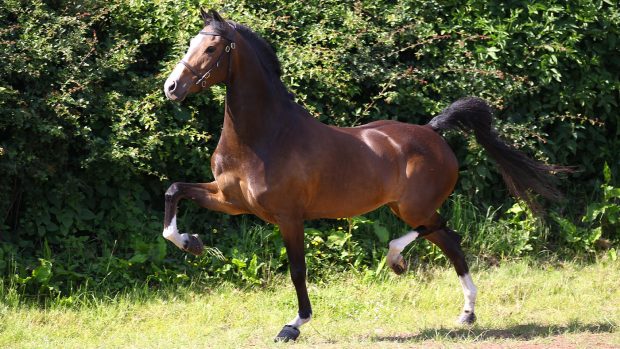The future of the hackney horse and pony could be at risk, according to figures in the newly released 2011 Rare Breeds Survival Trust (RBST) watch list.
The hackney is now hovering near the “critical” list of breeds.
The breed is still classed as “endangered”, but Claire Barber, RBST conservation officer, warned that in three years numbers had fallen from 500 breeding mares to around 300.
In the late 19th and early 20th centuries there were thousands of hackneys in work as carriage horses and it was also one of the country’s most prolific export breeds to Europe and the US.
But Ms Barber blamed the crisis partly on the economic situation, which had destroyed sales of youngstock, and “an unfortunate perception that hackneys are only suitable as driving ponies”.
The RBST is keen to promote the breed and to inspire potential new owners to find out about it and consider a hackney as a useful riding animal.
Barbara Stockton, who runs Halloughton Hackneys in Breward, Staffs, breeds two or three foals a year.
She was gloomy about the latest figures, but not surprised.
She said: “If a breeder is to break even you have to sell a four-year-old hackney for £4,000 to £5,000. That was the price prior to the credit crunch.
“If you can find a buyer today, the price is more likely to be around the £2,000 to £3,000 mark depending on the animal.”
She has also been trying to remove the perception that hackneys are “half-crazed”, adding: “If they are well handled, they are no different from any other horse.”
The RBST is anxious to hear from any licensed breeder willing to allow a semen collection from a registered stallion for inclusion in the national gene bank.
Two samples already exist and were taken in 2002 and 2004. Owners should first register their interest with the RSBT.
This news story was first published in the current issue of Horse & Hound (24 February, 2011)




